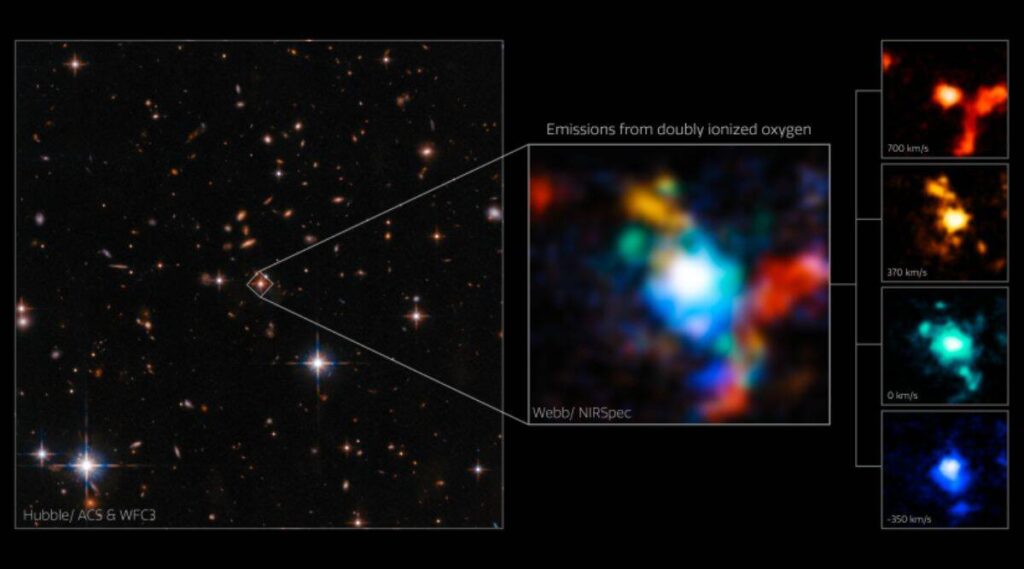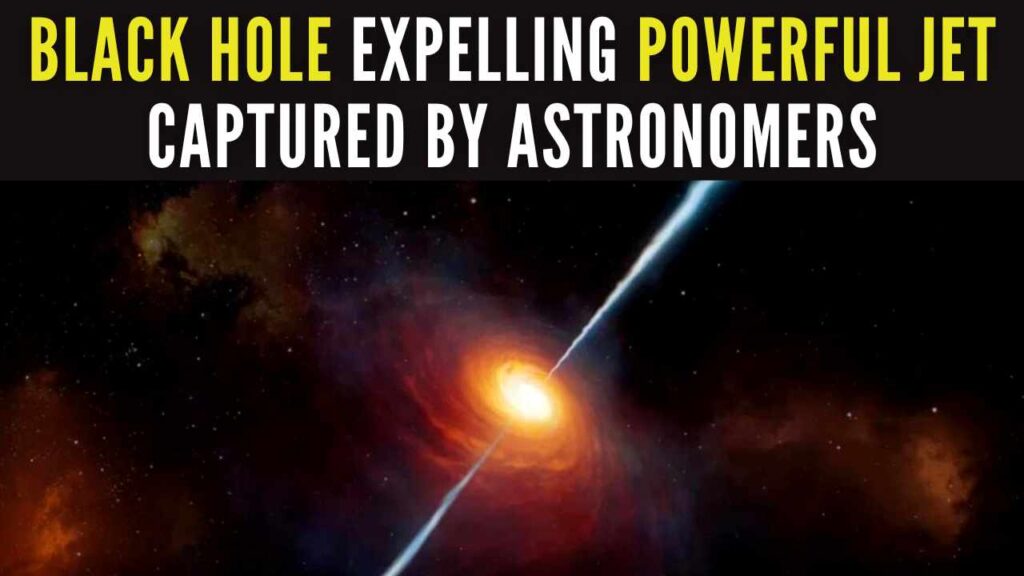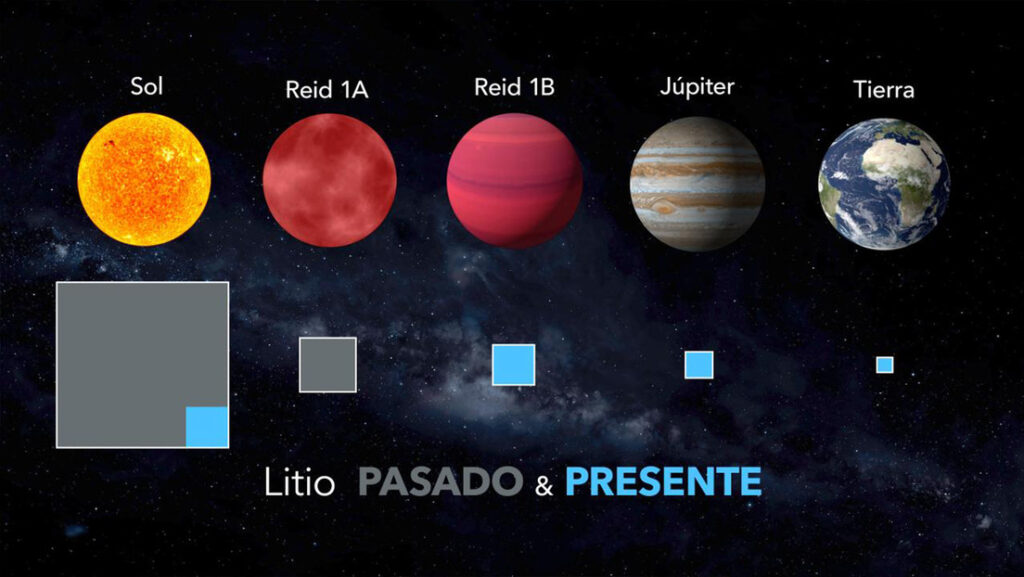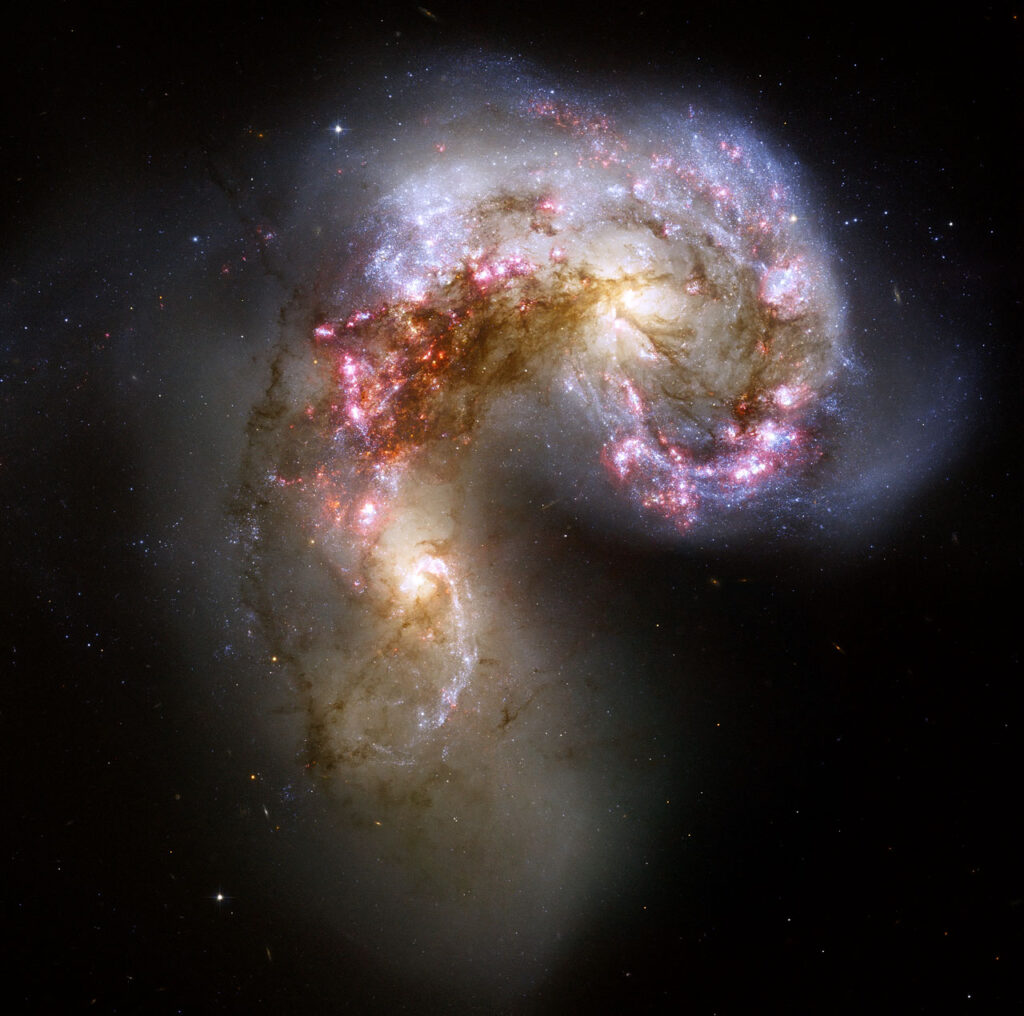In an ‘unprecedented’ surprise for astronomers, the James Webb Space Telescope has captured a crisp image of multiple galaxies merging.

The James Webb Space Telescope began operations in July this year and since then, it has given us unparalleled views into the cosmos. Now, the cutting-edge space telescope has captured images of a cluster of galaxies merging around a rare red quasar.
According to Johns Hopkins University, this image offers an “unprecedented opportunity to observe how billions of years ago galaxies coalesced into the modern universe.” “We think something dramatic is about to happen in these systems. The galaxy is at this perfect moment in its lifetime, about to transform and look entirely different in a few billion years,” said Andrey Vayner, co-author of the study, in a press statement. The study is in press in The Astrophysical Journal and available on arXiv.
Webb telescope’s data
Just twelve days after president Biden unveiled Webb’s first images on July 11 this year, researchers were huddled close to their computers, waiting for data from the telescope to arrive.
Earlier observations of the region by the Hubble Space Telescope and the Gemini-North Telescope pinpointed the quasar and hinted at the possibility of a galaxy being visible. But the researchers couldn’t have predicted that Webb would give crisp images of multiples galaxies swirling in the region.
The quasar in Webb’s image
The rare “extremely red” quasar is about 11.5 billion light-years old and has a supermassive black hole at the centre of its swirl. It appears red in colour because of the clouds of dust and gas between Earth and the gas near the black hole.
The international research team is now working on follow-up observations of this cluster of galaxies. They hope to better understand how dense and chaotic galaxy clusters form and how they are affected by supermassive black holes.
“What you see here is only a small subset of what’s in the data set. There’s just too much going on here so we first highlighted what really is the biggest surprise. Every blob here is a baby galaxy merging into this mommy galaxy and the colours are different velocities and the whole thing is moving in an extremely complicated way. We can now start to untangle the motion,” said co-principal investigator Nadia L. Zakamska. Zakamska is a Johns Hopkins astrophysicist.
Recent Posts
- Astronomers detect first direct image of black hole expelling a powerful jet
- WhatsApp rolling out ‘reply with message’ feature within call notifications
- Multi-Device Pairing May Be Arriving for Apple Watch this Year
- Artificial Intelligence Discovers Hidden Giant, a Planet 5 Times Larger Than Jupiter
- Google CEO Sundar Pichai Talks Bard & The Future Of Search
Recent Comments

Astronomers detect first direct image of black hole expelling a powerful jet

Artificial Intelligence Discovers Hidden Giant, a Planet 5 Times Larger Than Jupiter

Scientists explain melting of Antarctic ice sheet dating back 9,000 years

An Unexpected Discovery: Hubble, ESA's Gaia Spot Double Quasar That Existed Over 10 Billion Years Ago

Astronomers detect first direct image of black hole expelling a powerful jet

WhatsApp rolling out ‘reply with message’ feature within call notifications

Multi-Device Pairing May Be Arriving for Apple Watch this Year


